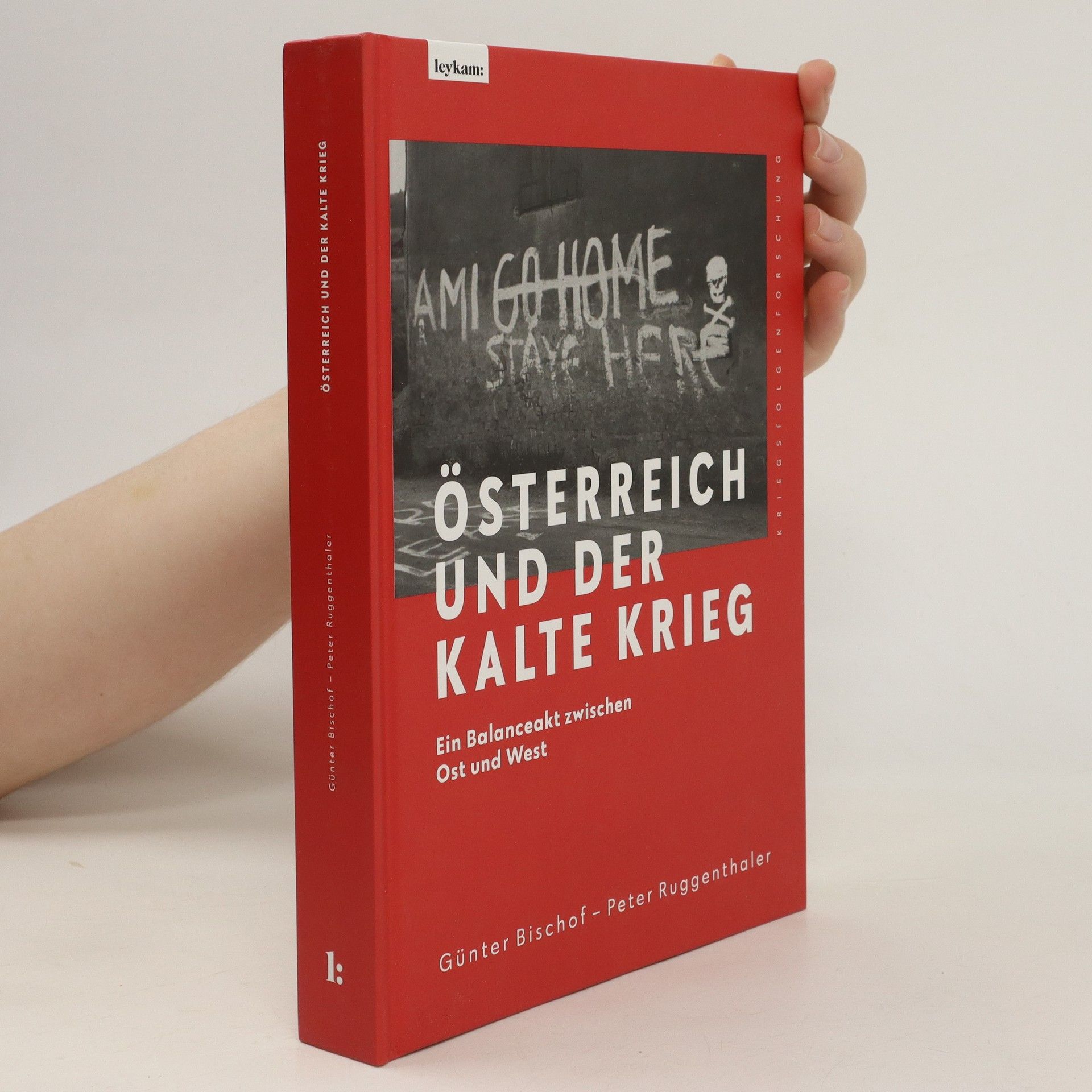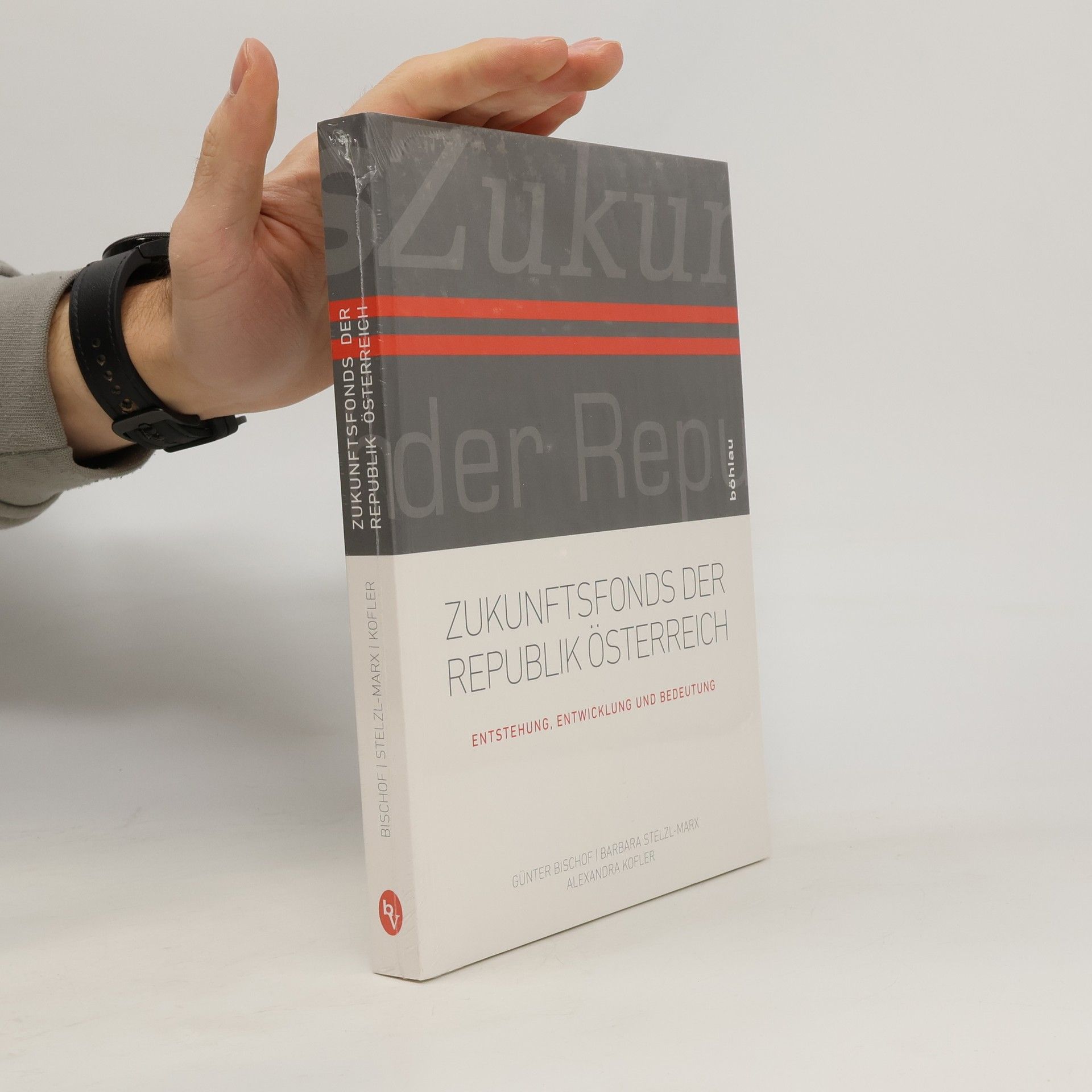On August 20, 1968, a massive deployment of Soviet and East European forces invaded Czechoslovakia to quash the 'Prague Spring' reforms and restore a strict Communist regime. Initially hesitant, Soviet leader Leonid Brezhnev ultimately decided that military intervention was necessary after months of deliberation. Within 24 hours of the invasion, troops from the Soviet Union, Poland, Hungary, and Bulgaria established complete control, effectively ending the hopes for 'socialism with a human face.' Although Alexander Dubcek and other reformers were briefly reinstated, their main task from late August 1968 to April 1969 was to reverse the reforms. By April 1969, Dubcek was ousted permanently, marking the definitive end of the Prague Spring. Soviet leaders defended the invasion by claiming it was their 'right' and 'sacred duty' to protect socialism in Czechoslovakia. While the invasion caused some rifts within the Communist bloc, it largely succeeded in achieving Soviet objectives. The United States and NATO allies protested but did not take direct military action, leading historians to analyze this critical moment in the Cold War using new archival evidence. They also explore the U.S. response and whether Washington inadvertently signaled approval to the Soviet Union before the invasion.
Günter Bischof Boeken

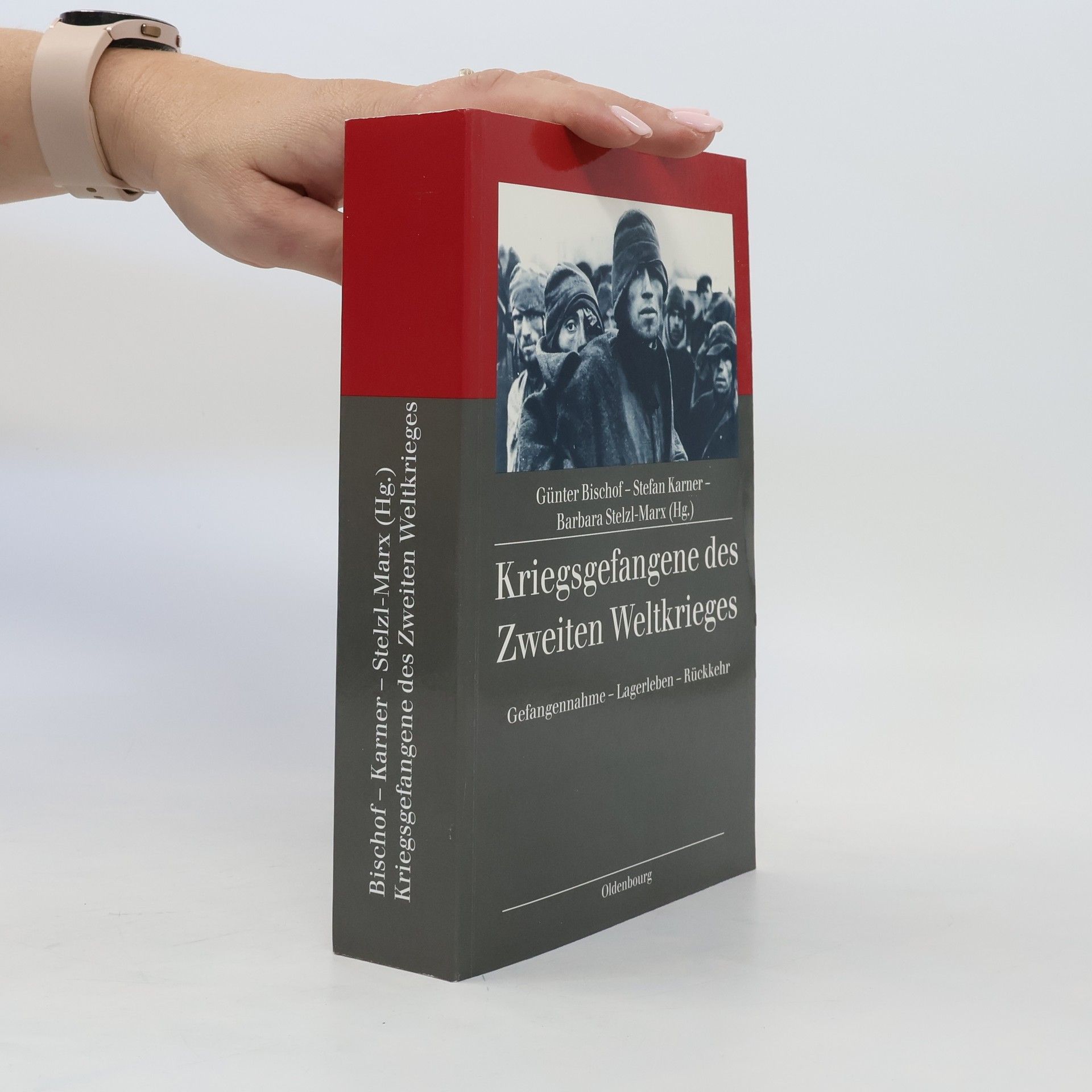
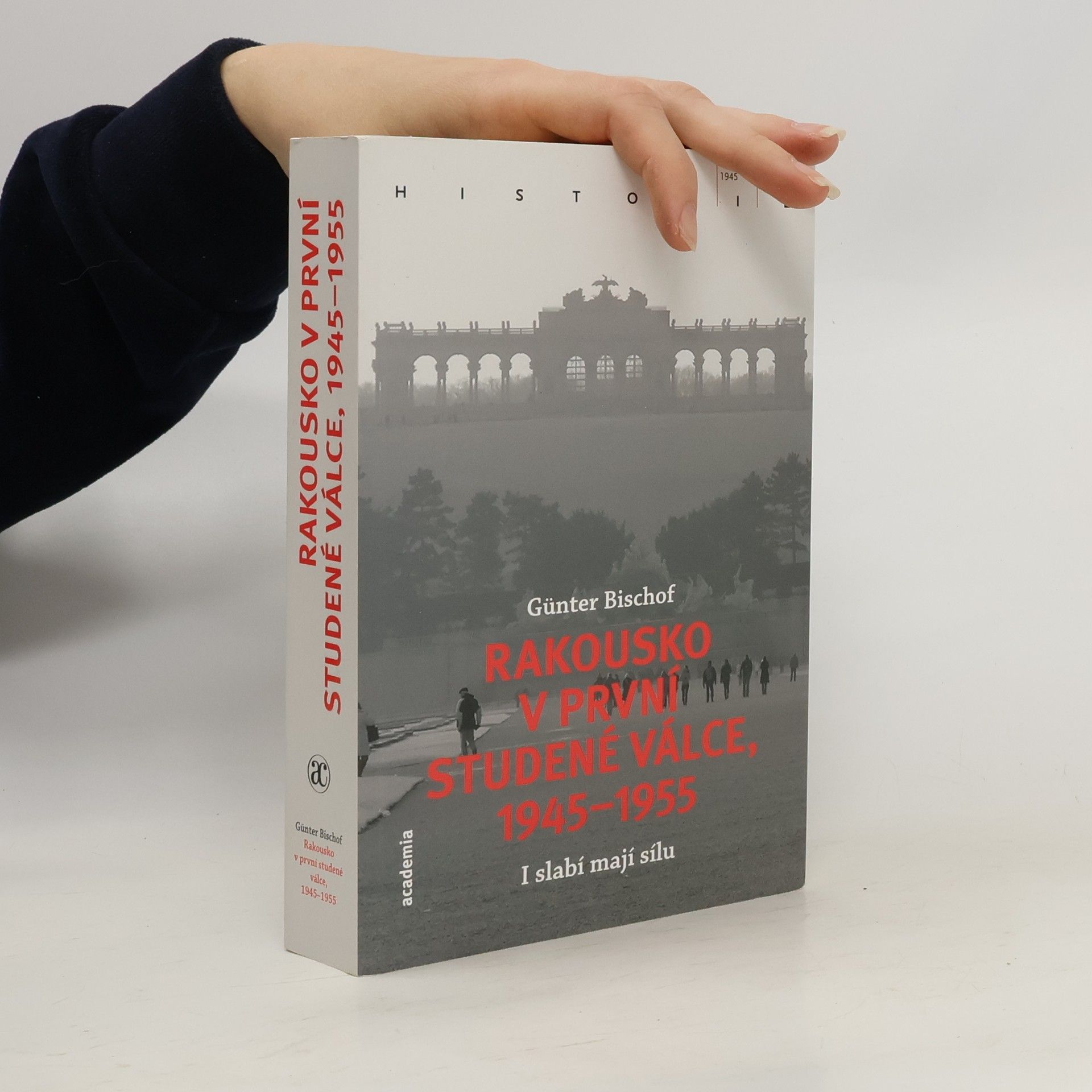
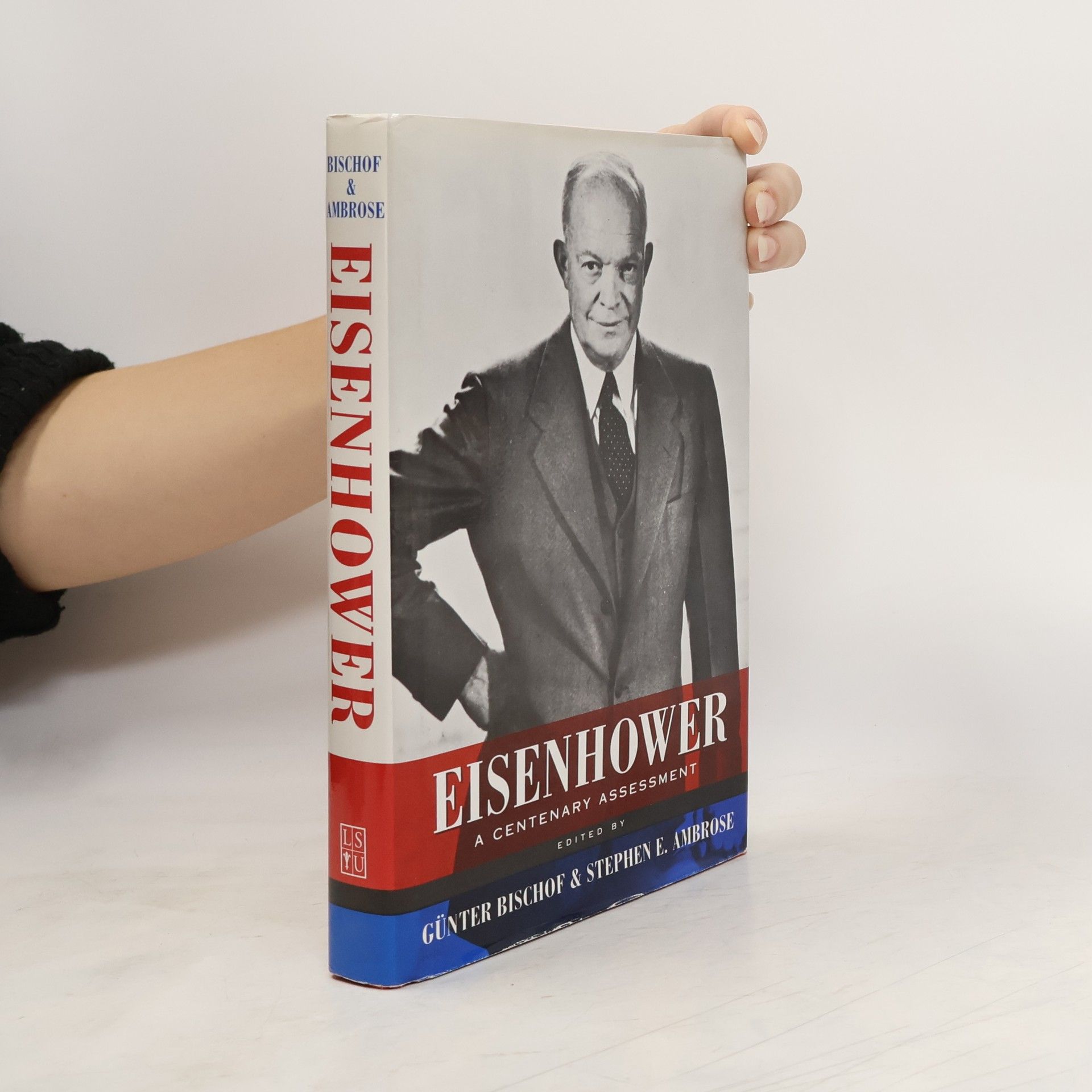

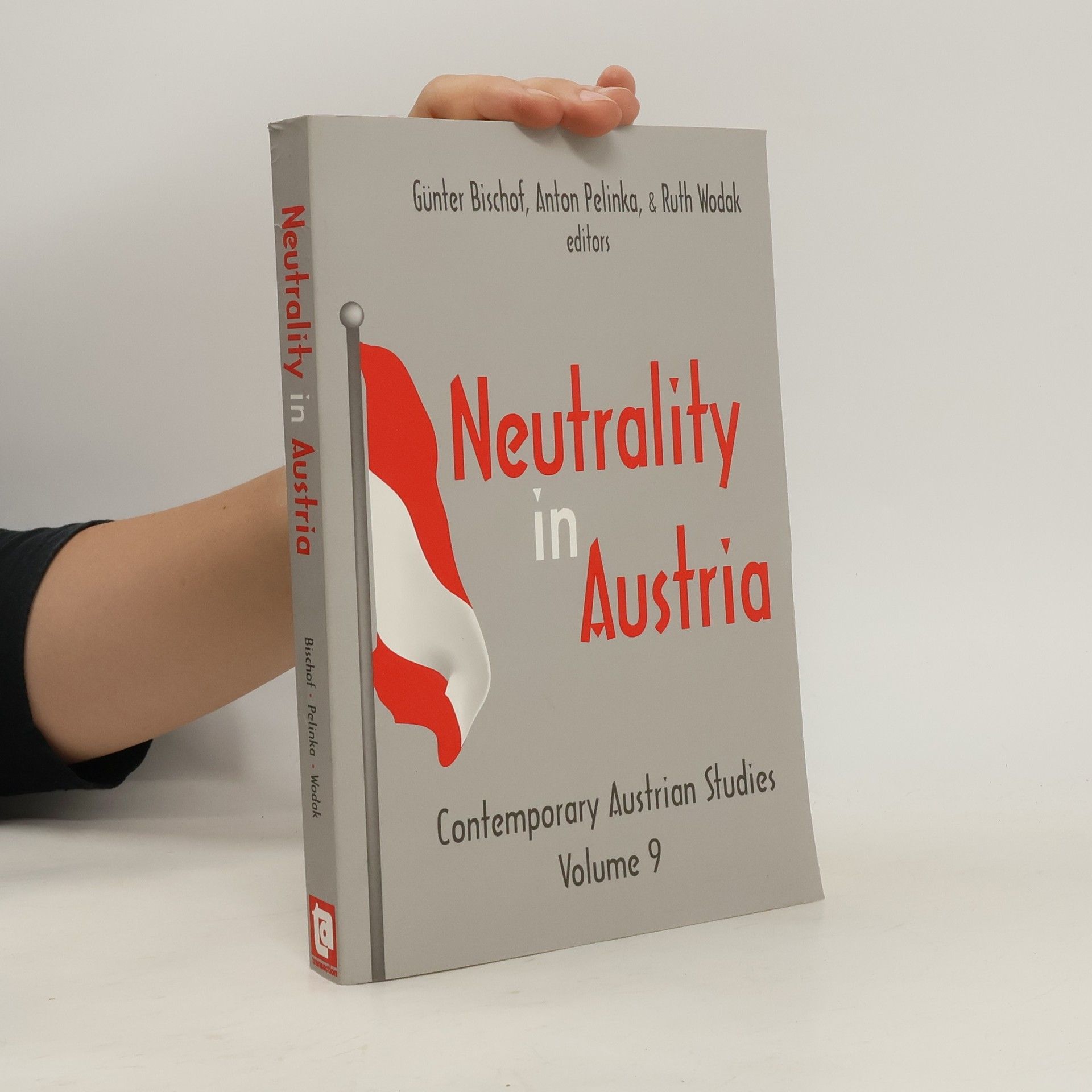
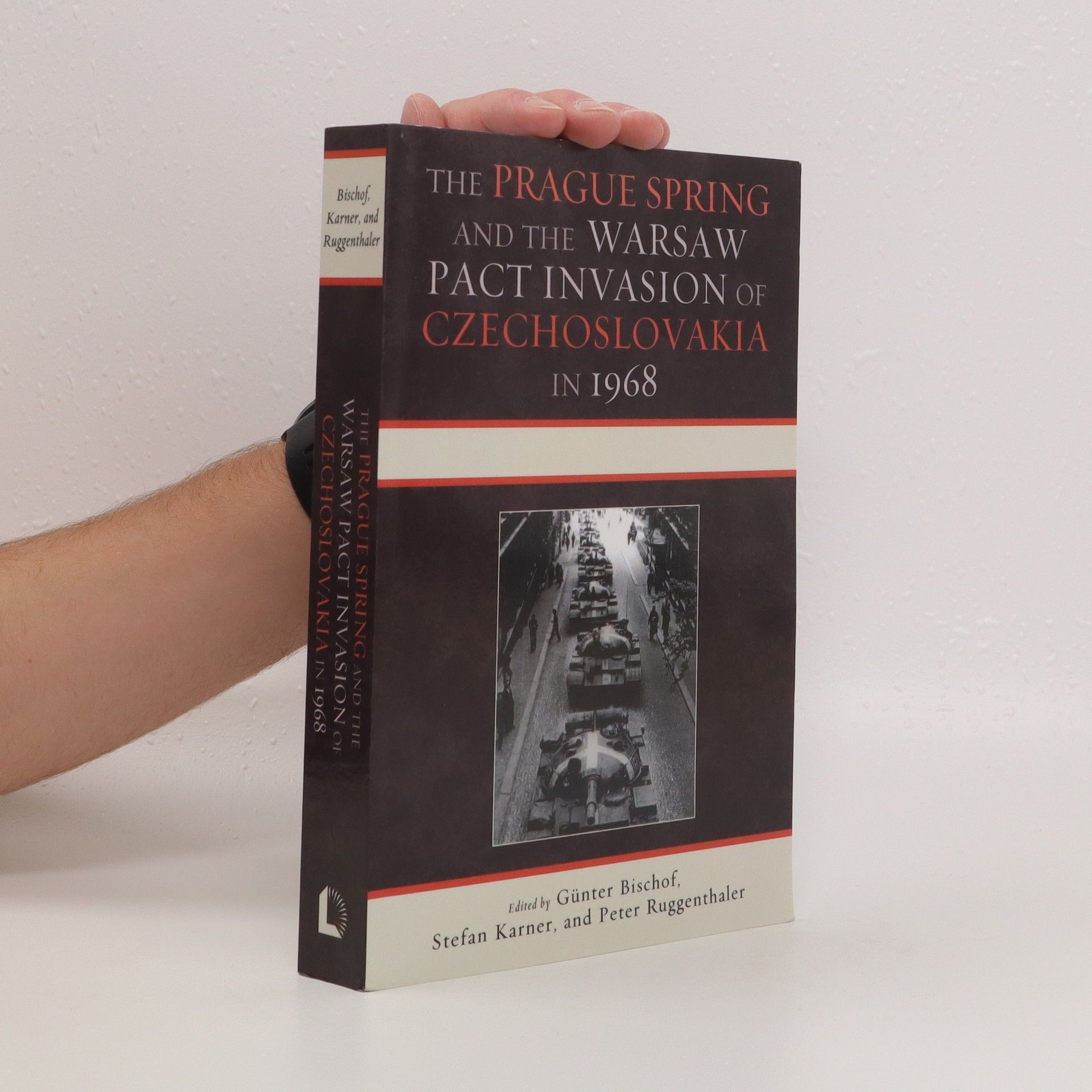
Contemporary Austrian Studies - 9: Neutrality in Austria
- 386bladzijden
- 14 uur lezen
After Stalin's death, during a respite in Cold War tensions in 1955, Austria managed to rid itself of a quadripartite occupation regime and become a neutral state. As the Cold War continued, Austria's policy of neutrality helped make this small country into an important mediator of East-West differences, and neutrality became a crucial part of Austria's postwar identity. In the post-Cold War era Austrian neutrality seems to demand redefinition. The work addresses such issues as what neutrality means when Austria's neighbors are joining NATO? What is the difference between Austrian neutrality in 1955 and 2000? In remaining apart from NATO, do Austrian elites risk their nation's national security? Is Austria a "free rider," too stingy to contribute to Western defense? Has the neutralist mentalit become such a crucial part of Austrian postwar identity that its abandonment will threaten civil society? These questions are addressed in this latest in the prestigious Contemporary Austrian Studies series. The volume emerged from the Wittgenstein Research Center project on "Discourse, Politics, and Identity," an interdisciplinary investigation of the meaning of Austrian neutrality. The first two chapters analyze the current meaning of Austrian neutrality. Karin Liebhart records narrative interviews with former presidents Rudolf Kirchschlger and Kurt Waldheim, both central political actors present at the creation and implementation of Austria's postwar neutrality. Gertraud Benke and Ruth Wodak provide in-depth analysis of a debate on Austrian National Television on "NATO and Neutrality," a microcosm of Austrian popular opinion that exposed all positions and ideological preferences on neutrality. The historian Oliver Rathkolb surveys international perceptions of Austrian neutrality over the past half-century. For comparative contrast David Irwin and John Wilson apply Foucault's theoretical framework to the history and debates on neutrality in Ireland. Political scientists Heinz Grtner and Paul Luif provide examples of how Austrian neutrality has been handled in the past and today. Michael Gehler analyzes Austria's response to the Hungarian crisis of 1956 and Klaus Eisterer reviews the Austrian legation's handling of the 1968 Czechoslovak crisis. Gnter Bischof is professor of history and executive director of Center Austria at the University of New Orleans. Anton Pelinka is professor of political science at the University of Innsbruck and director of the Institute of Conflict Research in Vienna. Ruth Wodak is professor in the linguistics department at the University of Vienna and director of the research center "Discourse, Politics, Identity" at the Austrian Academy of Science.
Quiet Invaders Revisited
Biographies of Twentieth Century Immigrants to the United States
- 400bladzijden
- 14 uur lezen
Österreichische Einwanderung in die USA Die vorliegende Publikation beleuchtet das Thema der Migration von Österreichern in die USA genauer, das bis heute ein immer noch sehr unerforschtes Gebiet ist. Seit kurzer Zeit erlebt die Forschung allerdings einen neuen Aufschwung, es herrscht großes Interesse vor allem in der Biografieforschung. Die vorliegenden Beiträge basieren auf einer Tagung, die im Juni 2015 in Wien zum gleichnamigen Thema stattgefunden hat. Es handelt sich hauptsächlich um Fallstudien über emigrierte Österreicher, die ihre Heimat aus wirtschaftlichen, politischen oder karrieretechnischen Gründen verlassen haben. Alle mussten sich mit einer schwierigen Einwanderungspolitik der USA auseinandersetzen, trotzdem ist den meisten von ihnen eine erfolgreiche Integration in die amerikanische Gesellschaft gelungen. Die Autoren beziehen sich teilweise auf ein 1968 erschienenes Buch von E. Wilder Spaulding The Quiet Invaders, erschienen im Bundesverlag Wien, der die These vertrat, dass emigrierte Österreicher ohne großes Aufsehen in die USA eingewandert sind und sich schnell dem American Way of Life angepasst haben. Sie haben keine sogenannte Österreicher-Lobby gegründet, sondern haben schnell die englische Sprache gelernt und auch sonst nicht resolut an Traditionen festgehalten. Spaulding zufolge, haben auch vor allem die Jüdinnen und Juden, die vor dem Nazi-Regime flüchteten, einen großen Beitrag für die amerikanische Wirtschaft geleistet, da der Großteil sehr gut ausgebildet und begabt war. Die EinwandererInnen aus Österreich haben sich also schnell dem amerikanischen Leben angepasst und ihre Identität und Lebensweise einer Amerikanischen integriert. Austrian Migration to the United States The essays in this book argue that the United States served as a great attraction for economic betterment to Austrian migrants before and World War I; yet a third of these migrants actually remigrated. Remigration was less likely after World War I as the economic situation deteriorated in Europe and the political situation landscape became desperate for Jews and the opponents of the Hitler regime. Most of the Austrians migrating to the U.S. in the World War II era stayed. For the roughly 30,000 Jews who had been brutally kicked out of their homes after the Anschluss and managed to snag immigration papers to the U.S., returning to desperately poor and still anti-Semitic Austria was not an option. These case studies show that integrating and assimilating into the American mainstream often was a difficult process that might take two generations. Many of the intellectuals and academics never fully felt at home in the U.S. as they viewed American culture shallow and American values too materialistic. Integration/assimilation never was as smooth a process as E. Wilder Spaulding asserted in his classic book Quiet Invaders (1968).
In observance of Dwight David Eisenhower's one-hundredth birthday in 1990, the Eisenhower Center at the University of New Orleans sponsored a series of lectures by distinguished American and European scholars who espouse an exciting breadth of interpretation regarding the man and his times. In Eisenhower: A Centenary Assessment, G�nter Bischof and Stephen E. Ambrose have assembled thirteen of those lectures, revised and updated, thus providing an important contribution to scholarship on the thirty-fourth United States president. The collection is truly balanced in the interpretive sense, with essays by leading revisionist and postrevisionist scholars on Eisenhower. Four of the essays address Eisenhower historiography and his role as military commander, two concern his presidential domestic policies, and the remainder represent an assortment of ongoing research into select areas of his foreign policy by a younger generation of scholars, demonstrating how much the evaluation of Eisenhower's handling of foreign affairs remains in ferment. Ambrose concludes the volume with a broad summary of Eisenhower's achievements and legacies. As Bischof and Ambrose state in their Introduction, Eisenhower played a central role for so long and so crucial a period in twentieth-century history that his impact, contributions, successes, and failures will be subject to reinterpretation and debate for as long as Western civilization lasts. His reputation has already undergone ups and downs -- from the negative opinions of his contemporaries to the enthusiasm of revisionists in the late seventies and early eighties to the more critical assessments of postrevisionist scholars in the late eighties and the nineties. Such is the inevitable cycle of scholarship, to look at old problems with new perspectives, using new documentation or innovative methods, to arrive at new conclusions. This centennial reexamination of Eisenhower's place in history will remain a milestone in years to come.
Rakousko v první studené válce, 1945-1955
- 416bladzijden
- 15 uur lezen
Historik Günter Bischof nechává čtenáře nahlédnout do pozoruhodného procesu, v němž poválečné vedení Rakouska dokázalo udržet jednotu a nezávislost země a zároveň odolat tlakům čtyř okupačních mocností i soupeřících domácích sil. S pomocí nově zveřejněných archivních materiálů ze všech zúčastněných zemí přesvědčivě analyzuje politické dopady sovětského ekonomického drancování a vznik nového národního mýtu, díky němuž se Rakousku podařilo (dočasně) utéct před svou nacistickou minulostí: Rakouské diplomacii se podařilo přesvědčit svět i své vlastní obyvatelstvo, že Rakousko bylo Hitlerovou obětí.
Von rund 100 Millionen Soldaten, die im Zweiten Weltkrieg gegeneinander kampften, gerieten etwa 35 Millionen (also ein Drittel) in Gefangenschaft. Renommierte Historiker aus Europa und den USA beleuchten die Thematik der Kriegsgefangenschaft im und nach dem Zweiten Weltkrieg. Dabei wird ein Uberblick uber die Gefangenschaft in der Sowjetunion und im "Dritten Reich" sowie uber das Schicksal von Kriegsgefangenen der Wehrmacht in der Hand der Westalliierten gegeben. Im Anhang findet sich eine umfangreiche Bibliographie.
Österreich und der Kalte Krieg
Ein Balanceakt zwischen Ost und West
Der »Eiserne Vorhang« über Europa. Der Kalte Krieg hielt die Welt fast ein halbes Jahrhundert lang in Atem. Als sich der Eiserne Vorhang über Europa senkte, bestand auch für Österreich die Gefahr der Teilung. Die Siegermächte des Zweiten Weltkrieges, die Österreich vom Nationalsozialismus befreit hatten, richteten sich auf eine längere Besatzung des Landes ein. Österreich war ein Hauptschauplatz des Ost- West-Konflikts und damit auch ein Tummelplatz der Geheimdienste. Auch der Propagandakrieg im Land tobte zwischen Ost und West. Die Angst vor der Atombombe verschonte auch Österreich nicht. Österreich grenzte auf über tausend Kilometern an kommunistische Diktaturen. Als neutraler Staat spielte Österreich eine bedeutende Rolle als Vermittler, Brückenbauer und Verhandlungsort. Erst mit der Überwindung der Teilung Europas 1989 und dem Ende des Kalten Krieges begann auch für Österreich eine neue Ära.
Zukunftsfonds der Republik Österreich
- 284bladzijden
- 10 uur lezen
Im Dezember 2005 wurde der Zukunftsfonds der Republik Österreich per Bundesgesetz mit einem Etat von 20 Millionen Euro errichtet. In den zehn Jahren seines Bestehens förderte der ÖZF rund 1.370 Projekte, die sich vor allem auch der Erforschung totalitärer Systeme im 20. Jahrhundert widmen. Mit dem expliziten Ziel des „Niemals wieder!“ avancierte der Zukunftsfonds zu einer nationalen Institution, deren zentrale Aufgabe in der Förderung einer nachhaltigen und zukunftsorientierten Erinnerungskultur sowie des demokratiepolitischen und menschenrechtlichen Engagements liegt. Das Buch präsentiert die wichtigsten Etappen der Entstehung und Tätigkeit des Zukunftsfonds. Neben einer Dokumentation seiner Wirkungsweisen analysiert es die Bedeutung des ÖZF für Forschung und Gesellschaft. Auf der Grundlage von Interviews kommen Persönlichkeiten zu Wort, die an der Entwicklung des Zukunftsfonds maßgeblich beteiligt waren. Exemplarisch dargestellte Projekte und deren vollständige Liste geben einen Einblick in die Vielfalt seiner Fördertätigkeit.
